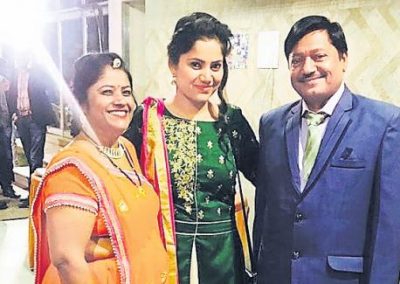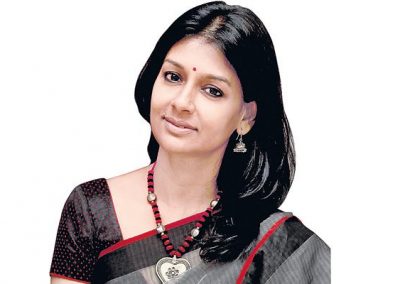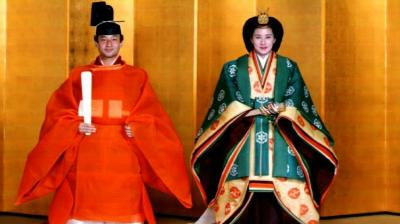The abdication of Japan’s outgoing Emperor Akihito and the enthronement of his son Naruhito will be solemn, ritual-bound affairs complete with sumptuous clothing and sacred paraphernalia.
Here are some of the key elements of the garb and gear that will be seen during the enthronement of the new emperor and subsequent key succession events.
The New Emperor’s Clothes
For his enthronement, the new emperor will wear an outfit in the “sokutai” or ceremonial style. The outfit is now rarely seen and is dominated by a voluminous draped brown-gold outer robe with long, wide sleeves and a cinched waist. Only the emperor wears this colour, with other royals sporting black, red, blue or other colours depending on their rank.
Royal attire often includes motifs of birds, as they were considered divine envoys in ancient times and the emperor’s outer garment is decorated with a mythological Chinese phoenix, believed to symbolise the arrival of peace. During the ceremony, the emperor and other male royals will carry a “shaku” or sceptre – a narrow plain wooden plate not unlike a large shoehorn.
In the past, royals would sometimes attach “cheat sheets” to the back of the shaku to help guide them through complex rituals, and it can also be an indicator of their attentiveness. “It would be obvious to people around you if your mind is wandering or disorderly because the shaku would start to slant to the side,” said Tomitaro Hashimoto, assistant professor of Shinto studies at Reitaku University.
But the crowning glory of the emperor’s outfit is the kanmuri hat, which consists of a simple flat black base and a towering black tail at the back that extends upright 60 centimetres (about 24 inches).
Fit for an Empress
Incoming empress Masako will wear an elaborate outfit commonly known as ‘junihitoe’ or many-layered robe. “The outfits called ‘sokutai’ (for men) and ‘junihitoe’ (for women) date back to the Heian Era,” regarded as a golden period in Japanese culture, said Keizo Suzuki, head of a kimono museum on the outskirts of Tokyo.
There is no set rule on the number of layers, though outgoing Empress Michiko wore nine robes during her husband’s enthronement. Masako is likely to choose her own colours but similar motifs to those donned by Michiko in 1989.
Michiko’s outfit was dominated by a rich red robe, its sleeves and bottom visible underneath multiple layers of varying lengths, topped by a cream overcoat with light purple lapels and patterning.
Masako’s hair will be sculpted into a style that sweeps up and out to the sides with a long ponytail extending from the back and a large golden hairpiece pinned above her forehead. The elaborate traditional outfit, which can be hard to walk in because of its weight, is rarely seen outside imperial rituals and weddings.
The Sacred Treasures
A key ritual in the enthronement process is the handover of the “three sacred treasures” – imperial regalia said to date back more than a millennium and have been bequeathed to the imperial line by the sun goddess Amaterasu.
The treasures are the ‘Yata no Kagami’, a mirror, ‘Kusanagi no Tsurugi’, a sword, and the ‘Yasakani no Magatama’, an unspecified jewel. The possession of the “three sacred treasures” is considered crucial evidence of an emperor’s legitimacy, but there are no photos and even the emperor cannot see them.
“We do not know exactly what they are like,” said Eiichi Miyashiro, a senior journalist at the Asahi Shimbun newspaper and royal expert. The treasures will be passed over in a ceremony held on May 1, which the new emperor attends in Western-style clothes and is off-limits for female royals.
During the ceremony, a replica sword and the original jewel will be handed over, wrapped in cloth. Both are kept at the palace, along with a replica mirror not used in the ceremony.








